Michael Anastassiades
| Photo Credit: Special arrangement
When Michael Anastassiades visited India last December, to be part of a panel with Studio Mumbai’s Bijoy Jain at the AD Design Show 2022, he had said, “People feel very insecure in the absence of light.” So, when I got a chance to speak with him, we discussed his relationship with light — especially given that the designer was born in sunny Cyprus but now lives in grey London.
“My relationship to light is really being able to experience it in this kind of two extremes,” he says in his considered drawl. “And never really preferring one over the other. In a way that you go from one place where you have an abundance of light, and to another where they have deprivation of light.” But, he adds, the poetry of light “is not about the quantity. That is not how much light you need to produce”.
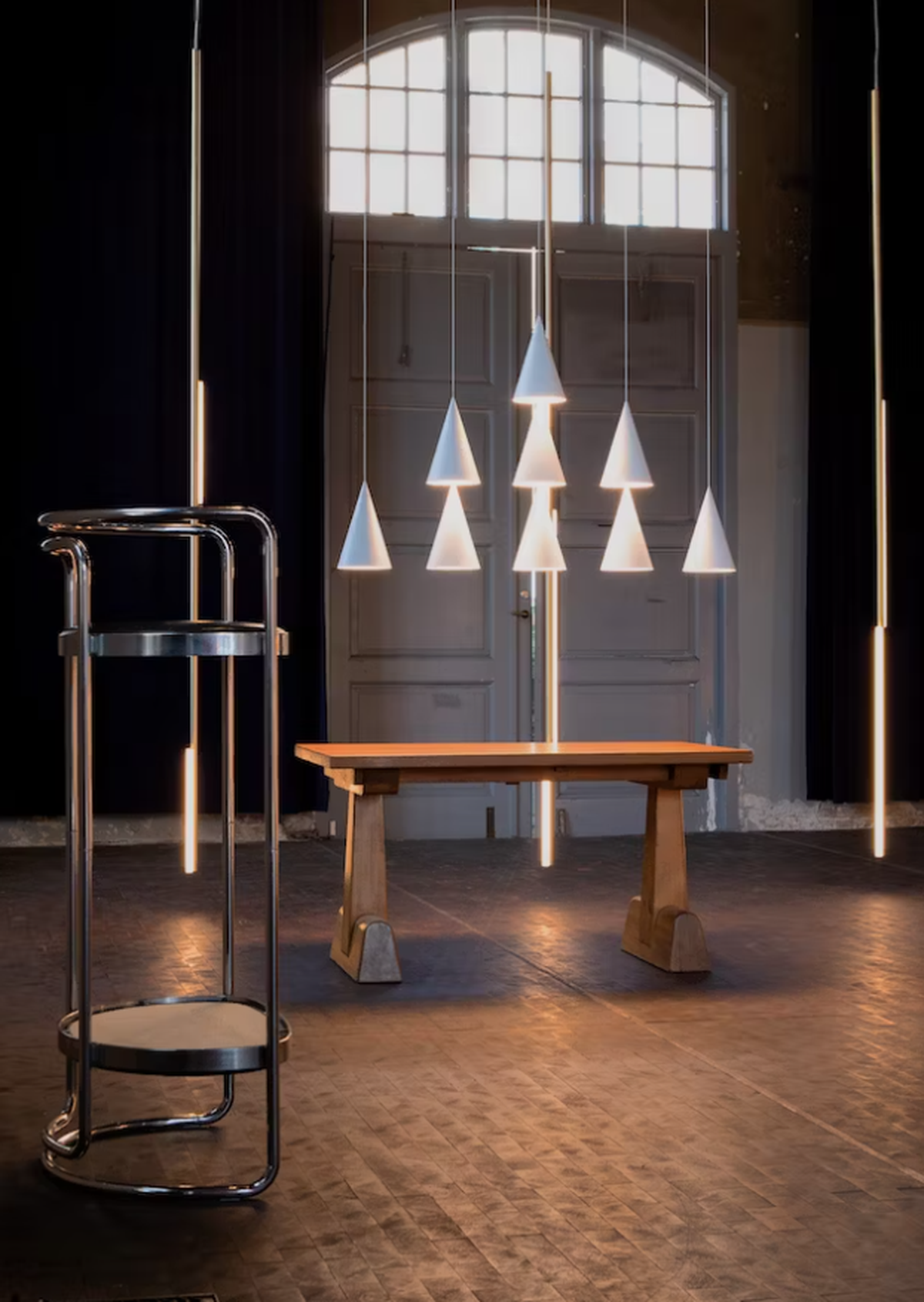
Stilleben 2
A trained civil engineer, Anastassiades is known for his sculptural designs across furniture, lighting and objects. Over a 20-year-long career, he has come to understand consumers’ demands, and knows that a lack of light leads to insecurity. The response, “[is] that people ask all the time for more light and more light. This is what forces everybody to deliver all these artificial environments that are completely saturated”. His work, however, is minimal, geometric manifestations — “a reduced aesthetic through which the idea is communicated in the strongest way”.
Form and function
One of his recent collections, Ta-ke, came about because of the COVID-19 lockdowns and having to work in relative isolation. The line of bamboo lights sees him “really work physically with the material. Because as a designer, you’ll normally work with different sorts of companies or manufacturers or even producers”.
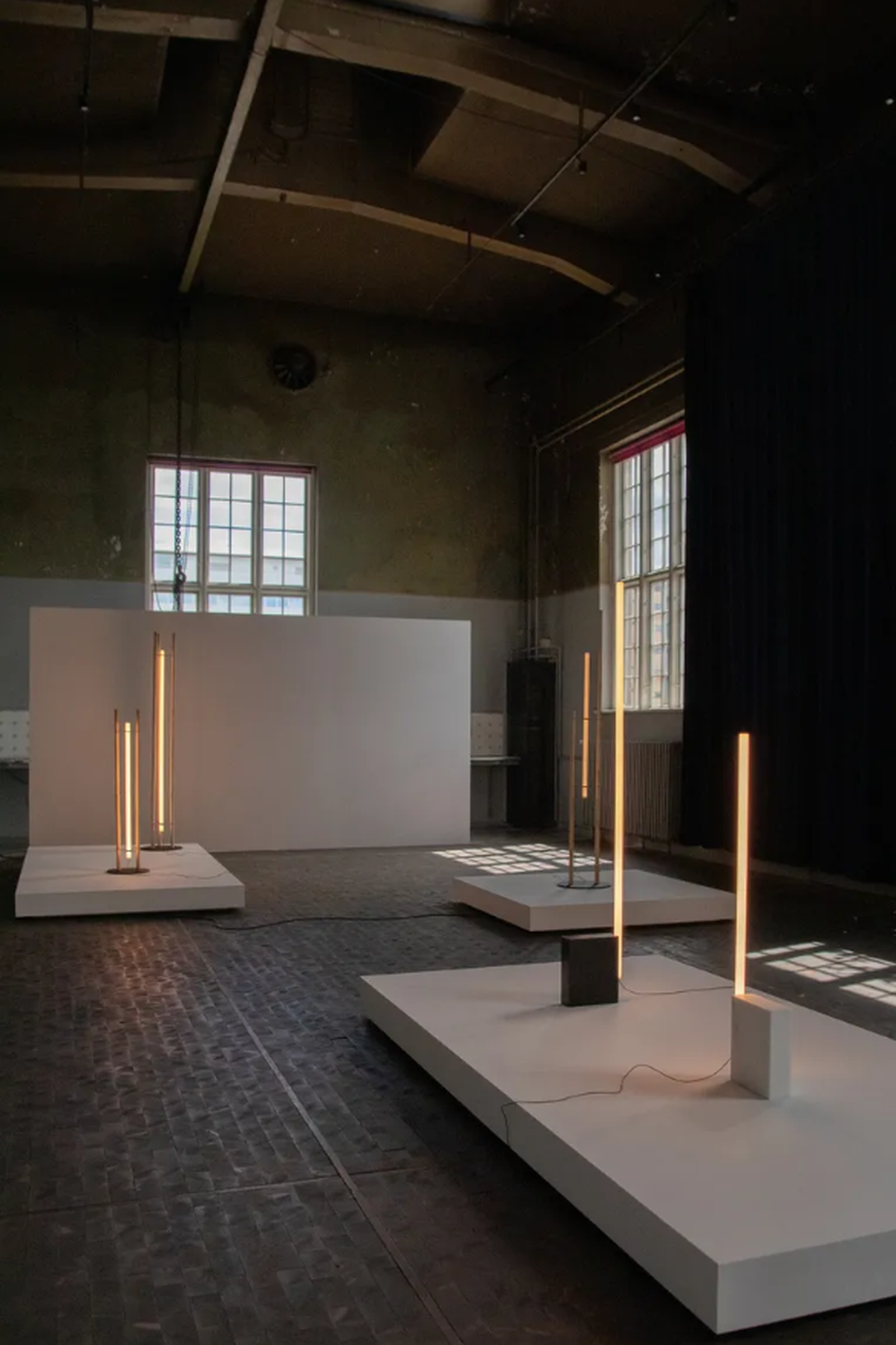
Ta-ke
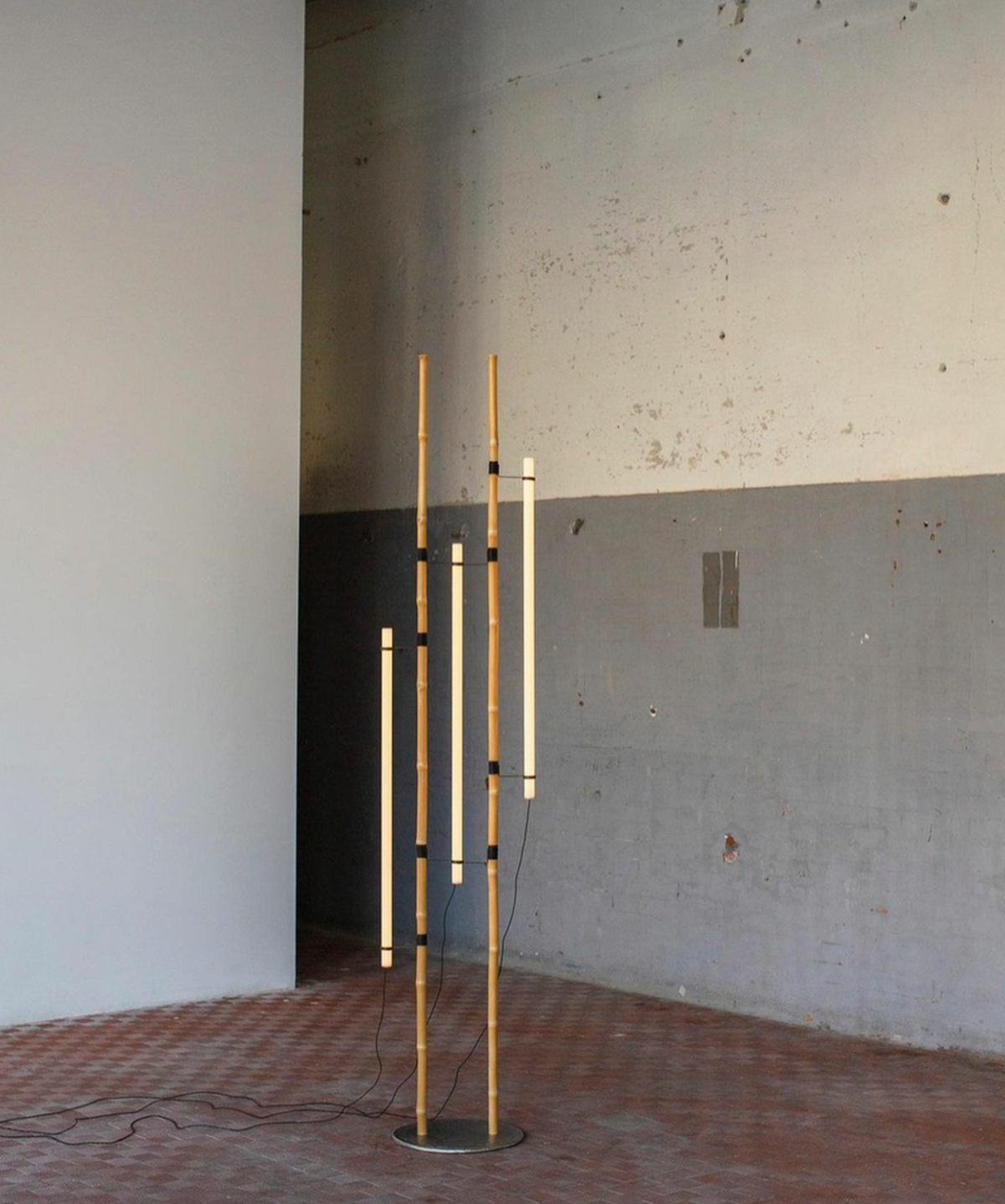
Ta-ke
Ta-ke utilised no industrial production — it used bamboo poles placed on a metal base to create a simple structure to hold the bulb. “Bamboo is a natural material that actually grows that way,” he says, explaining that the only thing they did was cut it. “There was no need for machining or anything else. The only technical bit was the light that you put there [he used a hand-built LED bulb that he developed himself because, as he told wallpaper.com, he could not ‘find a linear diffuser with the right sort of warm light’.” The bases were cast in pewter in the studio, and the self-powered lights — attached with waxen linen threads — could be used in a series of spontaneous configurations. Earlier this year, he did an installation for the library at Chatsworth House in the U.K., using the lights to create an indoor grove of bamboo.
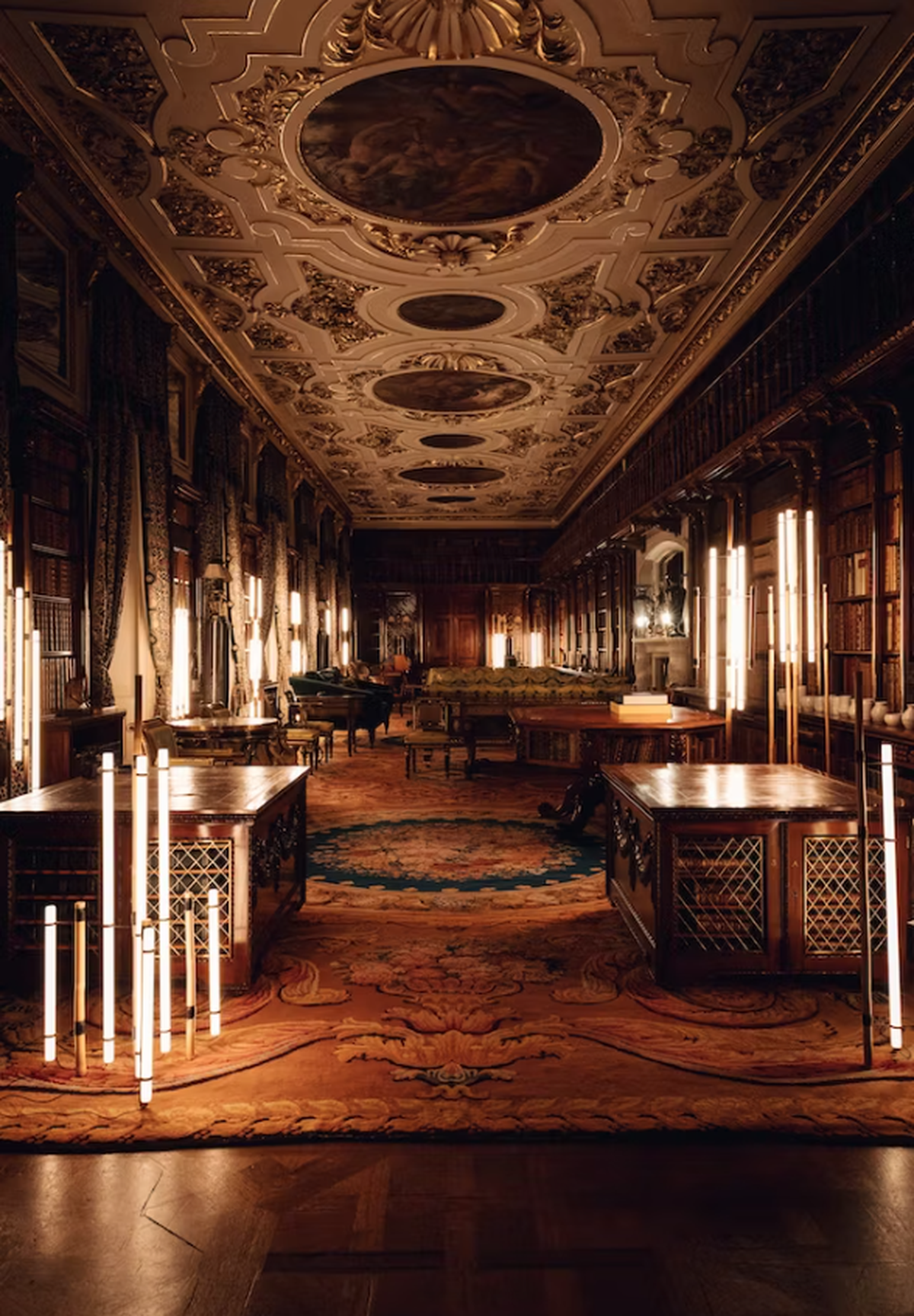
Anastassiades’ lights at Chatsworth House
In June this year, Anastassiades unveiled several new collections as an exhibition in a former ship repair warehouse in Copenhagen, in collaboration with Danish lighting brand Anker & Co. and design gallery Dansk Møbelkunst. Titled Stilleben 2 (Still Life 2), it is the second of a two-part installation featuring his lights in dialogue with the modernist Nordic furniture that have inspired his work. The title, he says, refers to “the idea of balance between stil (calm) and leben (life) and, more broadly, to the objects’ position between aesthetic contemplation and pace of everyday life”. As he shares on his website, “The dialogue of the exhibition takes place through a metaphysical lens, suggesting unconventional connections between the pieces and how they could have been used.”
‘The need to create your environment’
During our conversation, I recalled how, at the AD panel, Anastassiades deferred a lot of questions to Jain. And he credits the Indian architect for “opening him up” to the audience. Incidentally, Jain is designing and building a house for Anastassiades on a Mediterranean island. Asked about his sense of home, he says, “Being a designer, I very much have that connection with physical things and objects and spaces.” Even though he has adapted to a different city, climate and more, he says, “The need to create your environment is much stronger, I guess, for any designer.”
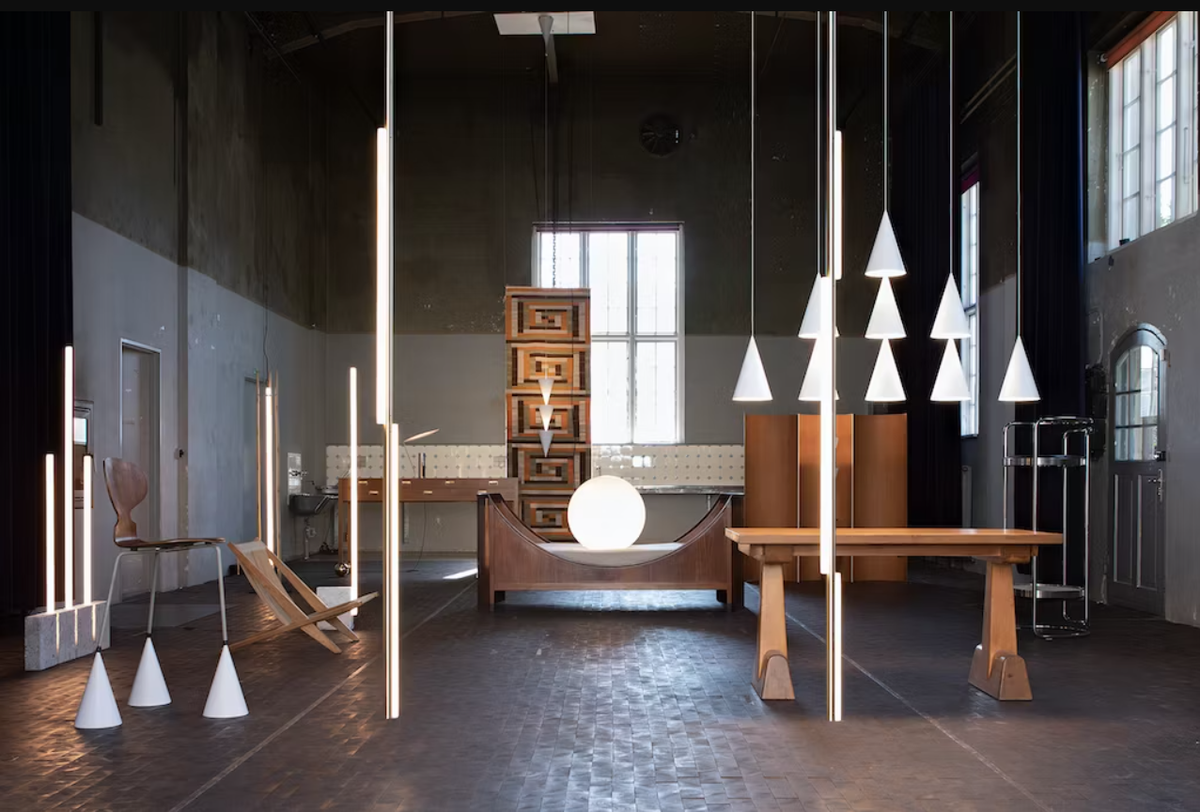
Stilleben 2
Asked to look at the future, he shares that he’s never believed in trends. “I always like to think that I’ll be lucky if I ever land on a trend because then you’re somehow not necessarily successful, but somehow you’ve made it — in terms of financially making it. But I’ve never really operated from that place of wanting to secure myself financially. So, trends for me are just things that are very ephemeral. Society tends to put people in boxes and categorise things; I like to think of myself outside it.”
The writer is based in Mumbai.